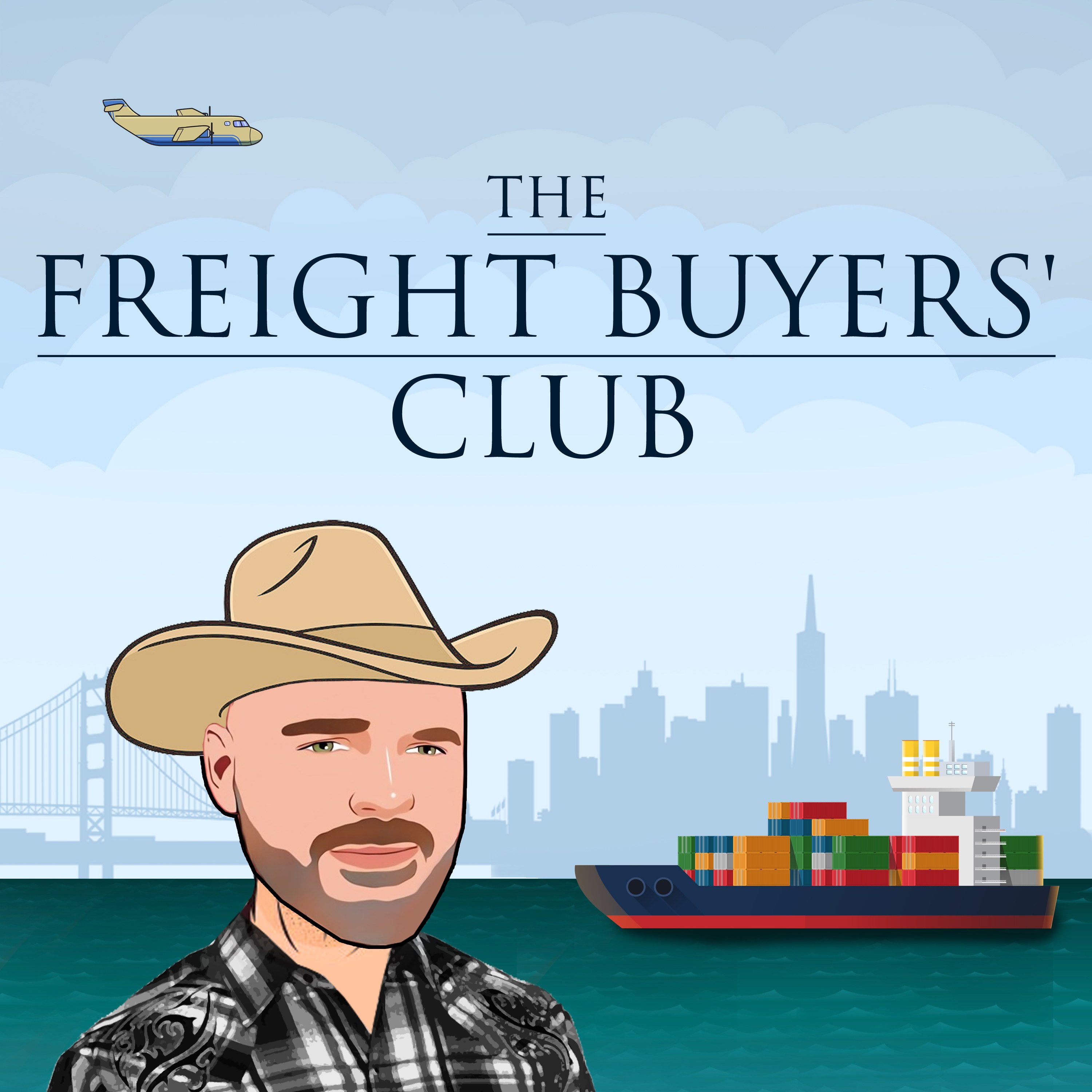Episode Transcript
[00:00:03] Speaker A: How, how has 2025 changed your view on where companies can diversify?
Do you feel more confident now about identifying the best plus one to China? And, and I say this in light of India now surprisingly facing a 50% tariff on exports to the US right.
[00:00:22] Speaker B: So people want to diversify to be, reduce their exposure to risk. Right. The thing is the profile of the risk has changed quite a bit. It used to be that you had the US friendly countries and the China friendly countries and then it seemed like they were headed for some kind of collision and then this block would be all around China and this block would be all around the usa. Right. And so you wanted to not to have all your eggs in the same basket, in the same block, let's say. So in, in case this is gripped, then you can still get things going over there. And that used to make countries like India for example, look very good with a very, very different risk profile. But then now the risk is more like who will Trump think favorably of?
Right?
Like, is there even a logic? We have no idea. It can change from one week to the next, so the risk is more diffused and things are less predictable.
And I would say that since the situation is so volatile, the best advice is probably, hey, stay where you're at, try to get your operations optimized and so on. Like, work on the key suppliers that you have and see until the mess is cleared up, let's say the smoke has cleared, it's probably the best advice in the short term. Does that make sense?
[00:01:48] Speaker A: It makes sense, yes. I'm just trying to get my head around this short term versus long term planning we've discussed in the past. I think you've said that India can't be a copy paste of China and we've talked about things like workforce culture, training, bureaucracy, that there's big differences between the two countries.
But yeah, India was seen as this big possibility as an alternative to China. But then does tariffs just change all that? Does it matter?
Do those pros and cons of India versus China does that all out of the window now? Because tariffs just confuse things too much and no one's going to make a move.
[00:02:26] Speaker B: So in the short term, yes, obviously 25% plus extra 25%. But for the US there's just a huge impediment to making anything in India. For the US market, thinking of India as the replacement, it depends on the industry.
A big share of mobile phones sold in the USA are actually assembled, just assembled in India.
It's actually more than 50% on the first quarter quite amazing. But then this went up very fast and we go down very fast now and the tariff situation changes based on our own experience. So we operate our own manufacturing facility close to Shenzhen in China. Now we're opening also one in India right at the wrong moment, I would say. But yeah, it's. It's quite a different country. In China, you can ramp things up very fast. And just look at, you know, Foxconn and the other cms working for Apple and the others. You can have half a million or 1 million people basically on the same huge campus in India. They found that they cannot do that. They have a collection of different, smaller campuses that are closer to maybe where the workers can be and they don't want to have, yeah, hundreds of thousands of people in the same place. That's just one small example. Big companies have to adapt. I mean, all companies of all sizes have to adapt and really unlearn a lot of things that they learn in China and really get things green in India with different habits on a different foot.
[00:03:51] Speaker A: Definitely trade workarounds or tariff workarounds or tariff engineering, how you classify goods. These are always things that have been part of the business of doing global trade. We saw a lot of this in 1.0 as well. You've highlighted this. I think it was just gemstones on pins. And we've talked about transshipments. Is there a line between smart supply chain strategy and outright customs risk? When you're looking at workarounds, if you.
[00:04:18] Speaker B: Want zero risk here, you have to ask for an advanced ruling from the U.S. customs and Border Protection. Right. A lot of people don't really want to ask for advanced ruling because they're afraid their demand might be denied. And then later, if they do it anyway, then it can be held against them. Right. So a lot of people are trying to guess, but basically, if you very simple example, you have a garment for ladies with pockets under the waist, okay, you get reclassified. You save a little bit of money on tariffs. That's basically no risk. It's been done for a long time by major brands, etc. Okay, but then when you have a product that maybe 1% of the time is used for educational purposes, but then you suddenly reclassify it as, you know, primarily an education product because sometimes the tariff is zero on these kind of products, you are really exposing yourself for getting hit by an inspection by the US customers because it's just not reasonable. So it's really what is really this product sold as? Like, what are the main claims and what are people using it for, right?
If you go against that, you better have a really good lawyer.


